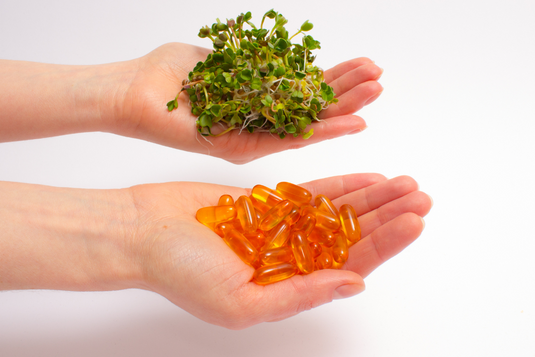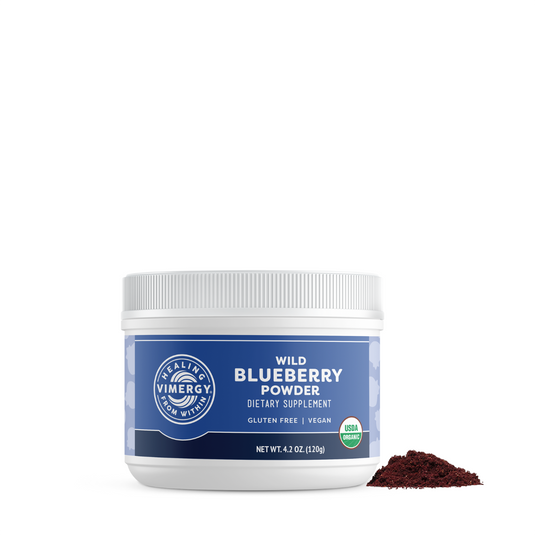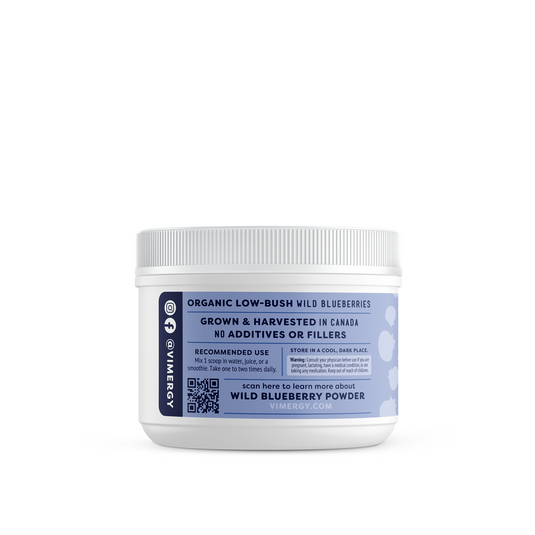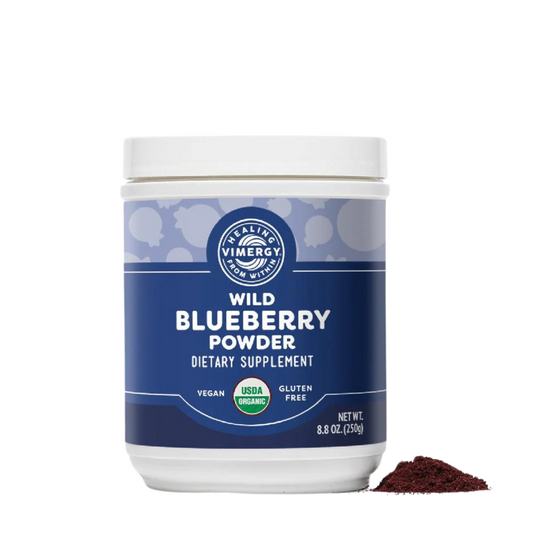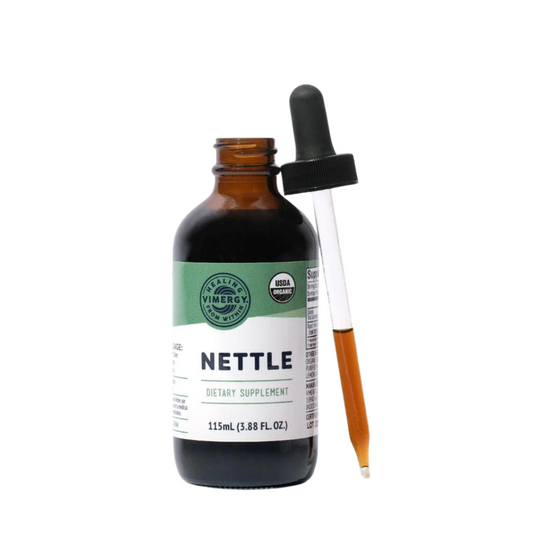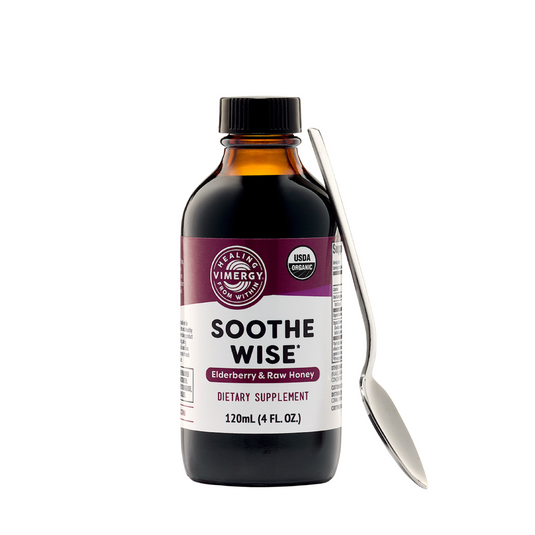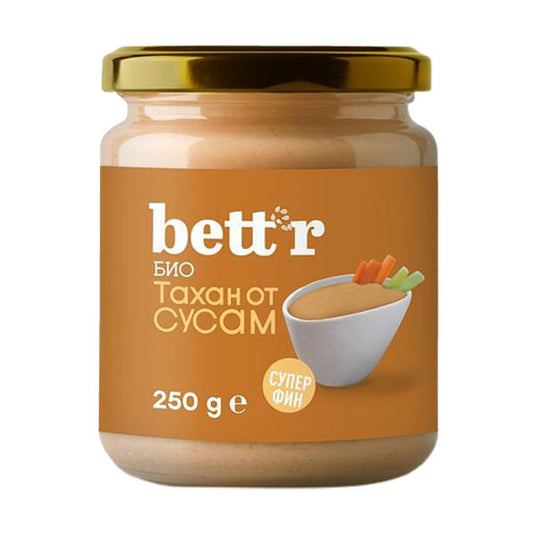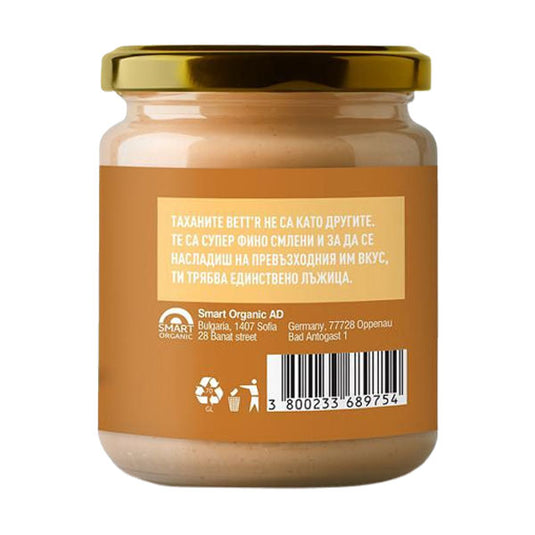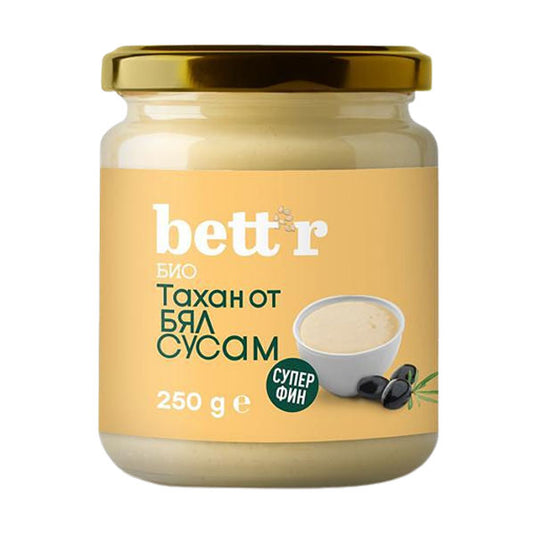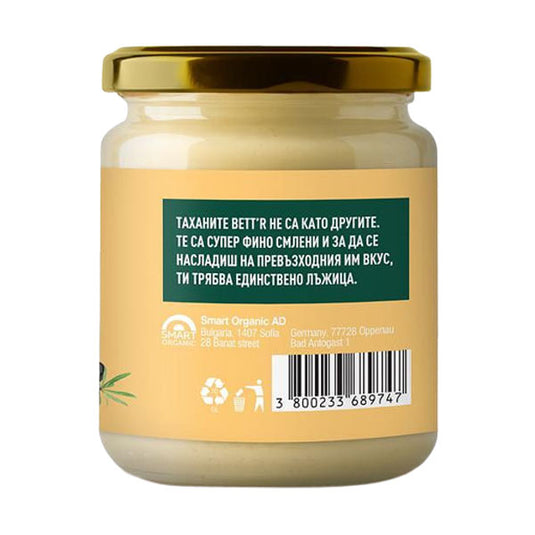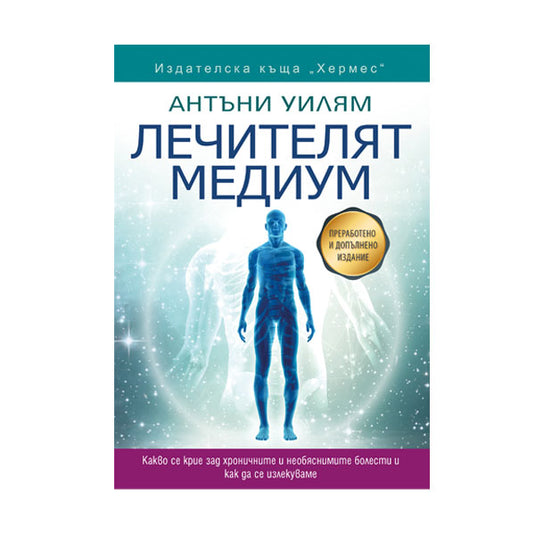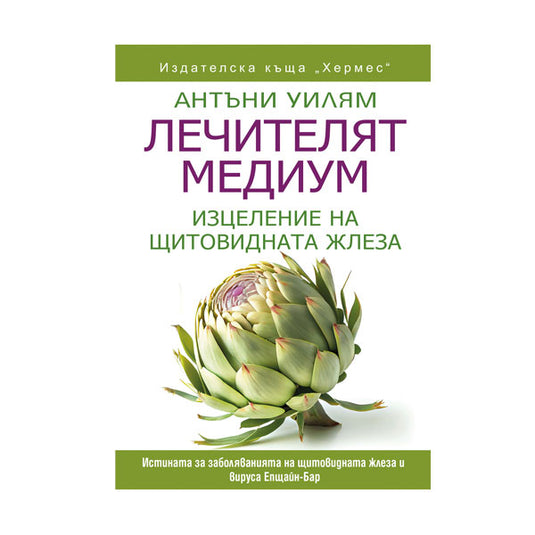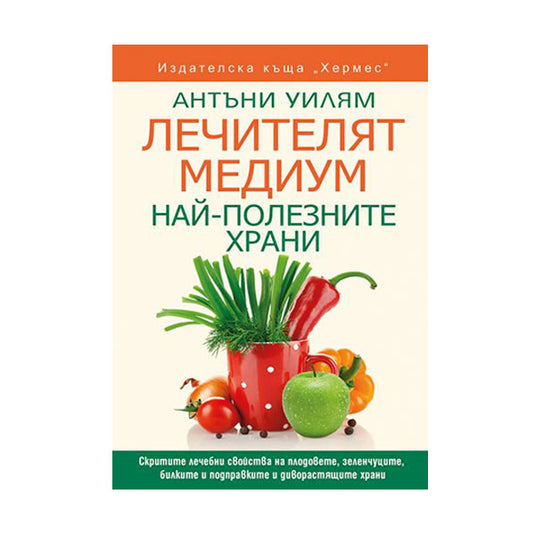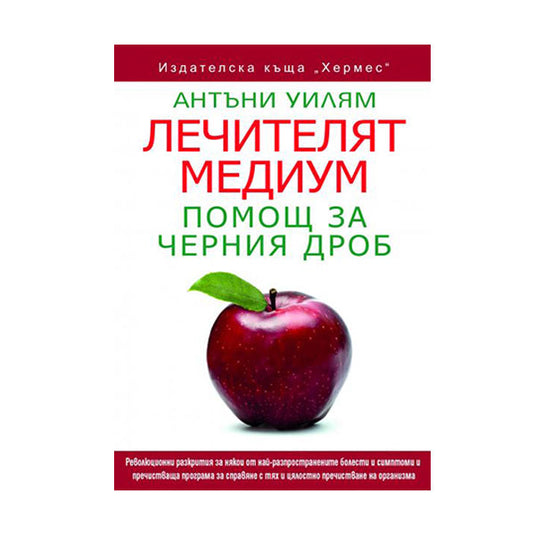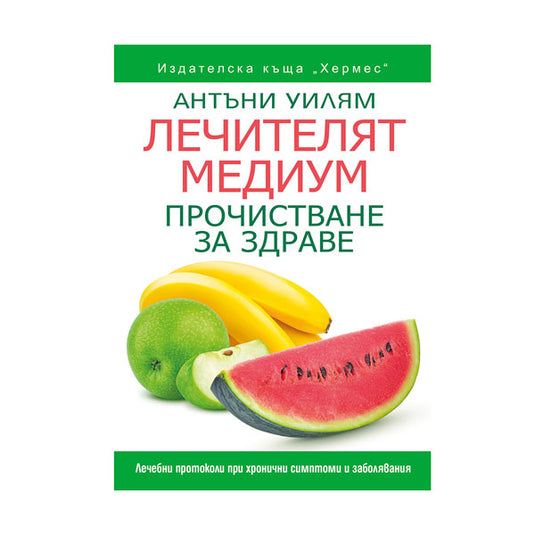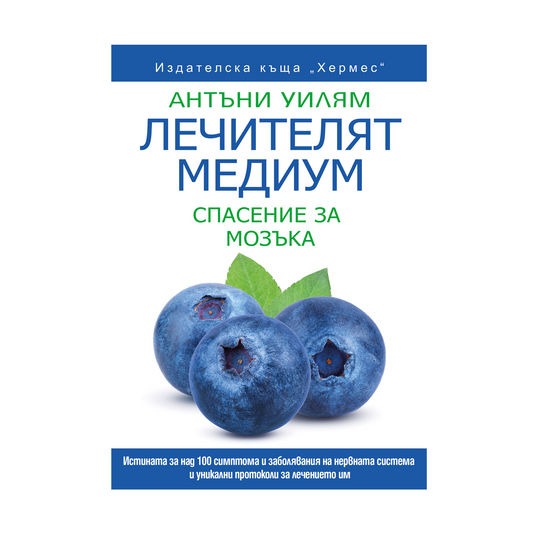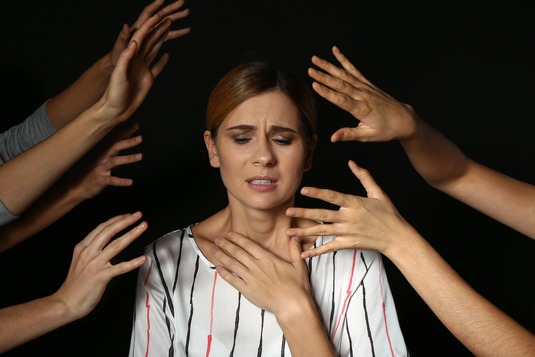Are menopause symptoms and premenstrual syndrome disrupting your normal lifestyle? It may not be "just hormones."
Before the middle of the last century, women eagerly awaited menopause, as it was usually a signal of increased energy, increased libido, and a slowing of the aging process. However, from around 1950, the first signs of "mystery illnesses" began to appear, causing women to visit their doctors in droves, complaining of symptoms that had previously been almost nonexistent, including night sweats, hot flashes, fatigue, weight gain, digestive problems, headaches, irritability, depression, anxiety, memory problems, insomnia, and more. At first, doctors dismissed these complaints, telling women that "it's all in their heads," that they were simply bored and seeking attention, and that they should find a hobby or extracurricular activity. The response from women was extremely harsh, and eventually doctors were forced to admit the situation. Hormones become a scapegoat, with these previously unseen symptoms being attributed to a hormonal imbalance and/or some deficiency.
Since the blame is placed on hormones, it seems logical that menopausal women should take prescription hormones to "correct" the imbalance. Thus was born hormone replacement therapy (HRT). After it became clear that studies linking HRT to an increased risk of breast cancer, heart attacks, and strokes, bioidentical HRT (i.e., hormones chemically identical to those produced in the body) emerged. While some women did experience relief from this treatment, it was often temporary and/or limited in scope. Nevertheless, "hormonal imbalance" continues to be considered the primary culprit for menopausal symptoms. This might make more sense if so-called menopausal symptoms only affected middle-aged women, but these days, women of all ages are experiencing many of the same problems that once only affected women in their 40s and 50s. The prevalence of the same symptoms in increasingly younger women paints a broader picture than just hormonal problems.
There are additional factors that can lead to the symptoms attributed to menopause. Around the same time that women first began to experience these symptoms, three other events came into play. First, people were exposed to increased radiation from the bombing of Japan during World War II. At the same time, there was a sharp increase in exposure to DDT (i.e., pesticides). By the 1940s, DDT was being used everywhere: on crops and food, in parks, and people were even spraying their own gardens with it. By 1950, DDT use was at its peak, and the central nervous systems and livers of countless women were overloaded with the toxin. The third factor was the Epstein-Barr virus (EBV) . The first generation of women to complain of menopausal symptoms was born in the early 1900s, just as EBV was beginning to enter the population. EBV usually enters a woman's body when she is young, then builds up over decades before symptoms appear. So if a woman was born in 1905 and contracted EBV as a child, she would start experiencing symptoms of this viral infection by 1950. In other words, the fact that symptoms appear around the age of menopause is coincidental. Today, instead of waiting decades for a woman to become infected until she is in her 40s or 50s, some viral strains and toxic loads are already affecting women in their 30s, 20s, and even their teens.
This doesn’t mean that hormones can’t get out of balance. When they do, the culprit is often overworked adrenal glands (i.e. adrenal fatigue) and/or an underactive thyroid, which can throw reproductive hormones out of whack at any age. The important thing to remember, though, is that hormonal imbalances may be just one piece of the puzzle. The good news is that all of these things—radiation, viruses, toxic load, and reproductive hormone issues—can be addressed with healing foods that address a wide range of pathogens and toxins that may be contributing to your symptoms. The foods and herbs you should focus on are those that boost immune function and support the reproductive system, such as:
- wild blueberries
- sesame tahini
- avocado
- black beans
- asparagus
- apples
- spinach
- black grapes
- cucumbers
- raspberry leaves
- nettle leaves
- Vitex fruits (Chamomile)
- black elderberry
These foods are a simple yet powerful way to deal with the "supposed" symptoms of menopause or premenstrual syndrome (PMS). They provide antioxidants and other nutrients that help strengthen vital organs and reduce hot flashes. They also quell inflammation and help maintain reproductive hormone balance.
Above all, keep in mind that menopause is a normal part of life and is not meant to be a difficult process. By nourishing your body with healing foods and addressing the real causes of your symptoms, you can return to a healthy life and enjoy life at every stage.
To learn more about the unknown causes of menopause and PMS symptoms and how to deal with them, read Anthony William's book "The Medium Healer - Revised and Expanded Edition" .


